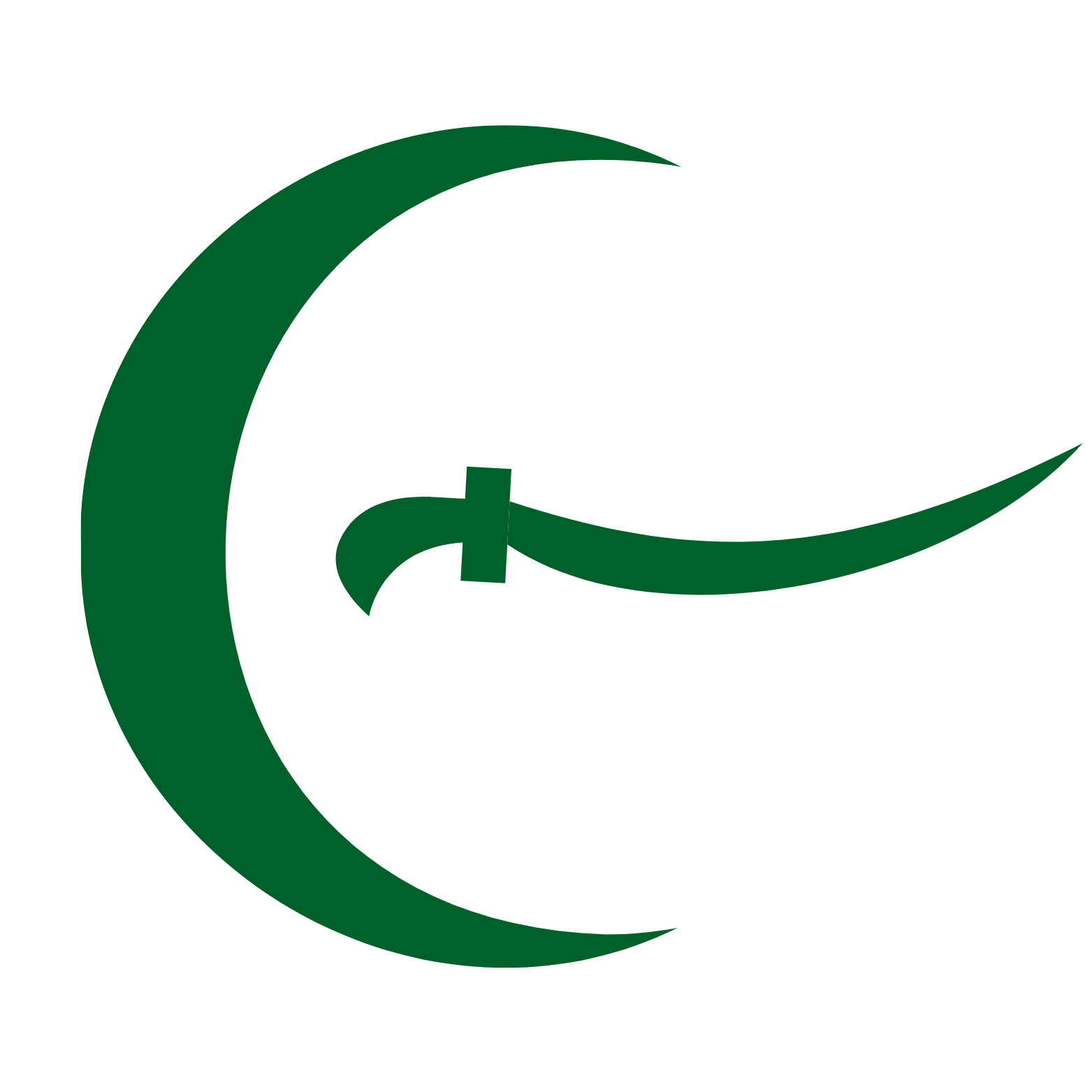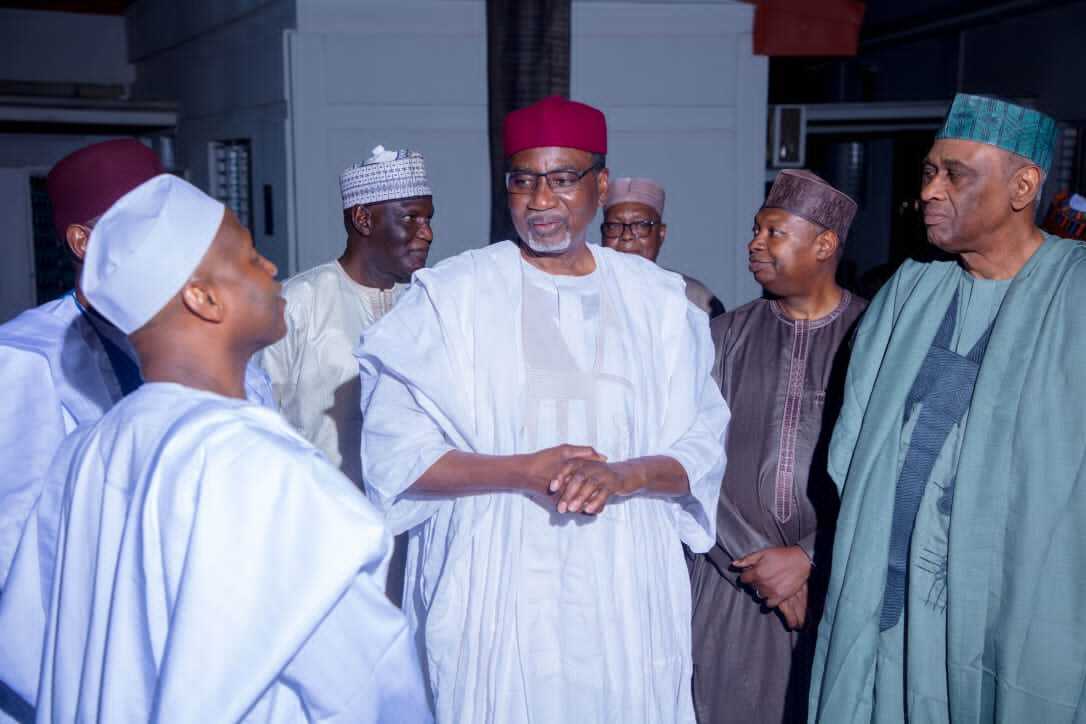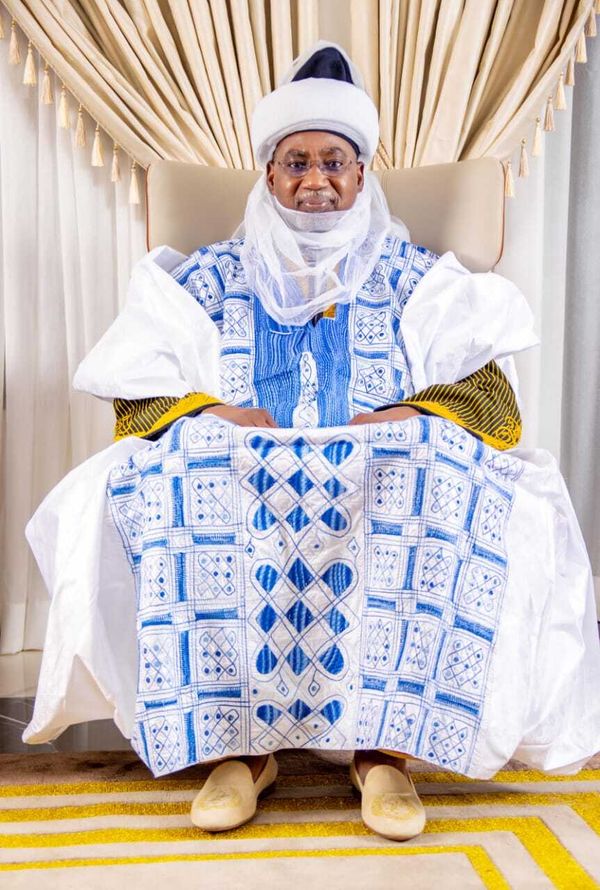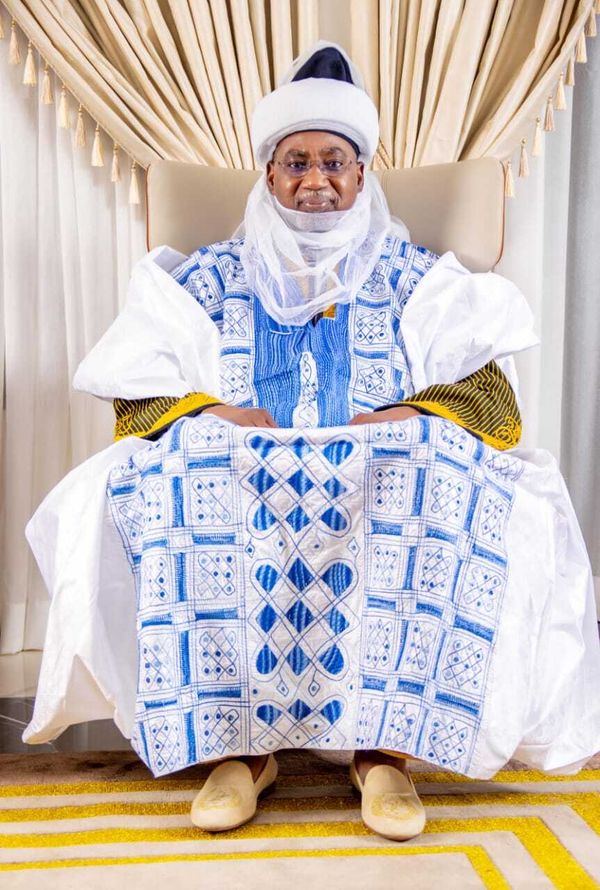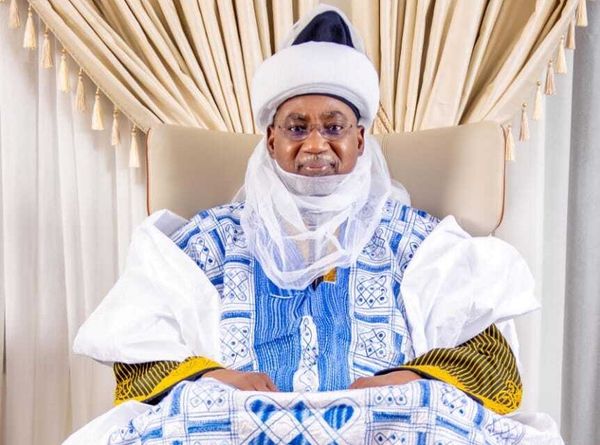Durbar Procession for the Turbaning of Sardaunan Katsina III
PREAMBLE
By definition, a Durbar provides the environment or the audience for a Native Ruler, a Prince, a Governor, or a Public Official to hold Public Court or Official reception.
The word Durbar is of Persian origin and it was first linked to ceremonial assemblies marking the proclamation of Queen Victoria as the Empress of colonial India in 1877. But the native Hausas use the term "Hawan Sallah" to describe the festival - with Hawan meaning "horse riding” referencing the physical riding of horses, signifying Eid celebrations; Eid Al-Adha and Eid Al-Fitri
The Durbar begins after observing Eid prayers on Eid ground, followed by a colourful mounted parade of the Emir and his retinue of horsemen, musicians and artillerymen. At the Durbar festivals, noblemen; District Heads, Village Heads and their followers travel to pay homage to the Emir and reaffirm their loyalty.
NORTHERN NIGERIA DURBAR
The festival dates back centuries in Northern Nigeria. The Durbar (military parade) dates back hundreds of years to when the northern emirates used horses in warfare. During the period, each town, district and nobility household were expected to contribute a regiment to the Defence of the Emirate. Notably, after the jihad of Usman bin Fodio, the culture was enshrined in all the administered domains to celebrate the Eids. This tradition is still retained in several northern cities of Nigeria including Katsina, Kano, Sokoto, Zazzau, Bauchi, Bida, etc.
Today, the Durbar has become a festival celebrated in honour of visiting Heads of State and of course turbanning of new Emirs, District Heads and other traditional title holders.
THE KATSINA DURBAR
Katsina has remained notable for its unique Durbar festivals. Up till today, it has maintained its originality and characteristics. Hawan Sallah on Eid day followed by Hawan Bariki the following day.
HAWAN SALLAH
Usually, residents and guests congregate at various locations to offer the Eid prayers and converge at the Emir’s Palace; Kofar Soro to witness his return, while others line up along his usual route back to the Palace to pay their homage. The arrangement is such that the Emir’s contingent would be the last to arrive, while contingents of all the District Heads under the Emirate come one after another, adorned in their regalia, depicting grandeur, knight ship and horsemanship, on their horses also adorned in various colourful and gorgeous ornaments.
The Emir’s contingent which is inexplicably the largest had in it different sub-contingents worthy of note and dressed in unique attires similar to that of the British monarch’s guards, denoting the close tie Emir Dikko had with Buckingham Palace.
On his part, the Emir of Katsina would usually mount a stallion, and is colourfully garlanded including the royal umbrella that provides shade, an outing which so much excites his people. When he reaches Kofar Soro, he addresses the gathering. The whole procession is a day of extravaganza of opulence, horsemanship and street parades/carnivals. Finally, the Emir stands for Jahi race which is also spectacular. All the District Heads and their subjects in a sequential manner ride their horses charging at full speed towards the Emir, then abruptly stop when they approach him and wave their hands in royal salute before exiting.
HAWAN BARIKI
In Katsina, the next day after Eid is Hawan Bariki. The practice is that the Emir and all the District Heads with their subjects assemble in the Government House for exchange of pleasantries; Barka da Sallah. The Emir and the Governor have a chance to address topical issues within the State and in particular the Emirate. After this, the Durbar procession begins by the District Heads in a similar manner to Hawan Sallah back to the Emir’s Palace at Kofar Soro.
It climaxes with the Jahi race before the Emir takes his leave and the District Heads go back to their respective domains.
SARDAUNAN KATSINA III DURBAR
In preparation for the turbanning of Sardaunan Katsina, Ambassador Ahmed Rufai Abubakar, CFR, a befitting Durbar has been arranged.
The procession is to start from Katsina Emir’s Palace, Kofar Soro to the Kofar Durbi family house of the Sardauna. It is expected to have in its contingent sub-contingents as follows:
- 50 Mahayas (horse riders in front of the Sardauna)
- Different musicians and dancers
- Grandchildren on their horses adorned in nice attires
- The Sardauna
- Relatives, friends, children, and well-wishers also on their horses dressed in bulla attires
